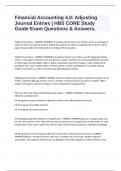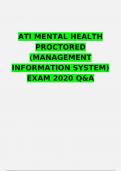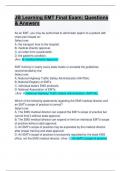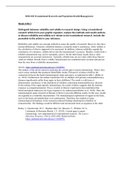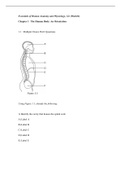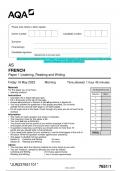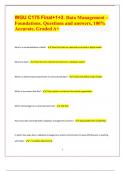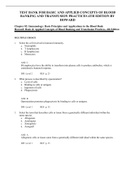Exam (elaborations)
Financial Accounting 4.0: Adjusting Journal Entries | HBS CORE Study Guide Exam Questions & Answers.
- Course
- HBS.
- Institution
- Harvard University
Financial Accounting 4.0: Adjusting Journal Entries | HBS CORE Study Guide Exam Questions & Answers. Explicit Transactions - CORRECT ANSWER Transactions that involve some activity, event, or exchange of resources from one party to another. Explicit transactions are often accompanied by invoice...
[Show more]
